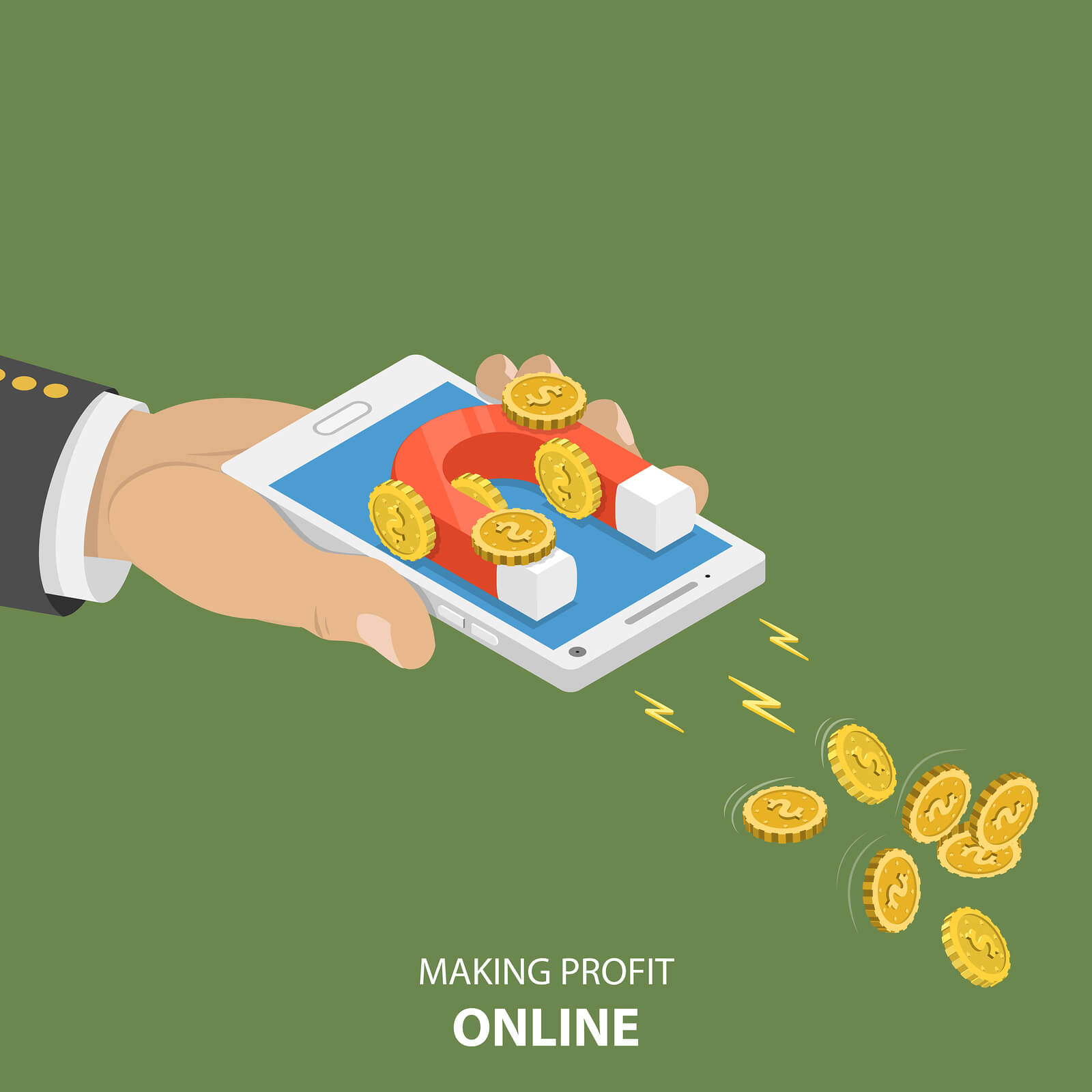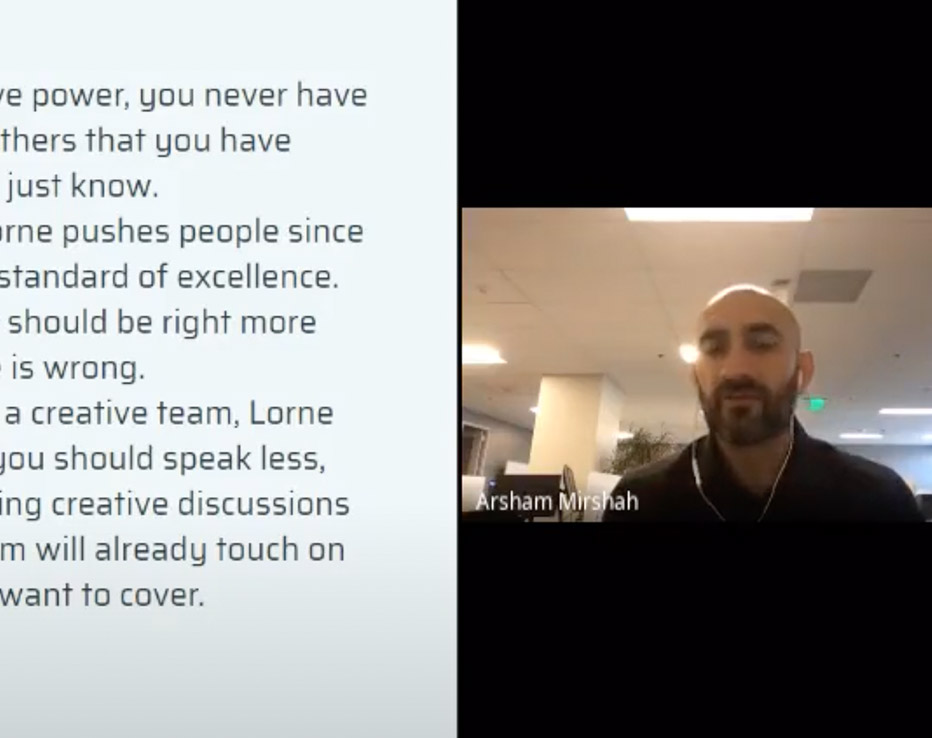
How to use Facebook advertising effectively to generate golden business leads
Facebook ads have been in the news a lot lately. But no matter what the headlines say, they aren’t going anywhere.
People are spending hundreds of thousands of dollars in there every month because it’s working. While some succeed, many flail around in frustration.
So, the question becomes, “how do I learn how to use Facebook advertising effectively?”
This Facebook ads guide will cover all you need to know on:
- Most common missed opportunities
- quick hacks to improve performance
- B2B vs. B2C differences
- Effective social media attribution
- The future of social media marketing in the next five years
Class is in session …
Do you recognize these missed opportunities?
When it comes to the most effective way to advertise on Facebook, I don’t see as many mistakes as I do missed opportunities. There are two opportunities you shouldn’t let slip by:
1. Email list remarketing
You have a customer email list, and you should be leveraging that asset as much as you can on Facebook. You’d be surprised how many organizations ignore this (check out this video from our CEO on remarketing as a whole).
Upload your email list to Facebook as a Custom Audience. From there, you can target this audience and/or a look-alike audience to nurture or up-sell. For more tips, we’ve written on remarketing strategies you can employ.
2. Event promotion
If you’re hosting or attending specific events or webinars, why not create and promote a Facebook event? It helps popularize the event and increase social media engagement, and I’m sure someone in your office is telling you to do more on social media.
If you host webinars or attend conferences on a recurring basis, a Facebook event is a gold mine to share and increase attendance.
My favorite part about Facebook events is that it essentially gives you free bonus ads by:
- Showing up for friends of attendees
- Sending out reminders when your event is coming up
- Notifying anyone who has RSVP’d when you post in the event
There’s essentially no risk at all.
Facebook hacks: low-hanging fruit to move the needle
Everyone loves quick hacks that can boost results. That’s why I have two effective Facebook advertising tips for you…
1. Use micro-conversions
The prerequisite here is having proper Facebook and event tracking in-place to track all important actions, not just form submissions.
If the conversion you’re tracking has low volume (or is entirely new), Facebook can struggle to collect enough data to optimize your campaign effectively.
If you don’t have 10 to 15 conversions happening each week (specifically the conversion you want Facebook to optimize for), it’s time to whip the micro-conversion out of your sleeve.
Let’s say you want to promote a webinar, but you only have 5-10 registrations each week. Optimize your ad around webinar page visits (the micro-conversion) as opposed to the 4 or 5 form submissions you’ve obtained. Facebook can collect A LOT more data on who’s most likely to visit the webinar page, making them more effective at getting your ad in front of similar users.
2. Lead form ads
If you haven’t tried lead forms yet, you’re missing out.
A lead form ad can turn a prospect into an email subscriber in two clicks — that’s how easy it is for them to opt-in. It’s a no-brainer remarketing tactic to turn website visitors into newsletter signups, content downloaders, and much more.
It pulls in prospects’ contact information from Facebook data, so they don’t have to type ANYTHING. And it integrates with most email platforms (meaning less work for you).
It’s a great way to increase your email list inexpensively.
B2B vs. B2C Differences
If you want to learn how to use Facebook advertising effectively, understand the differences between B2B (business-to-business) and B2C (business-to-consumer). These differences can make a monumental impact on your results.
B2B
Creating an effective B2B Facebook strategy is challenging. Facebook is known for engaging with family and friends but now, it’s also a place for news.
Ergo, people in the tech field aren’t as surprised to see news and other tech influencers on their feed, in addition to the usual updates from family and friends.
When you see interesting news, post about it. Engage with your audience when they comment.
There are a lot of different Facebook groups that you should join. We’re in digital marketing, for example, so there are plenty of groups that talk about B2B advertising.
If you’re a SaaS head developer, your developers are likely on social media. Have them join some groups, ask questions, and solve problems.
A lot of professionals turn to Facebook for answers because they know they’ll get good answers from real people. It’s great for networking. You can find valuable events and webinars from these groups. Attend these events, like industry happy hours, to build your company’s presence.
B2C and E-Commerce Facebook ads best practices
In B2C, you must look at all the different attribution channels. The more inexpensive your product is, the more likely you’ll get direct sales from social media. But even then, that’s not the only time you’ll get sales.
Instagram is the current queen of B2C social media and where you’ll see regular engagement.
With one of our clients in the jewelry industry, the more we spend and promote on social, the more in-store sales we see.
If you’re hosting sales and events, prospects can see your event on Facebook or Instagram without liking the post or marking that they will attend. Yet they may be in the area during the event and end up stopping by.
When it comes to local brick-and-mortar businesses, change your mindset. Think about how social media impacts the business.
We see more in-store sales than online sales for this client. However, we’re able to attribute in-store sales increases with the amount spent on social advertising. This gives us the data to continue advertising.
That brings us to the next point…
How to have a solid sales social media attribution model
Many marketers struggle with proving that a sale came from an online effort. Without being able to show evidence, your bosses won’t be confident that your online marketing is working and may shut it off. These Facebook ads best practices will help keep your tracking and reporting squeaky clean:
Assisted Conversions
To prevent this, have robust conversion reporting. Use Google Analytics’ Assisted Conversion feature (under Multi-Channel Funnels).
This feature lets you see if social media played a role before or during the final conversion. You can see if someone clicked through Facebook ads, didn’t convert, and visited your site later to convert. That’s where you will get clear data attribution.
View-through Conversions
Also, AdWords will give you view-through conversions. When someone sees an ad, doesn’t engage with it, but goes back to your site later to convert, you can identify it.
Offline Conversions
Facebook’s Pixel now allows you to track in-person sales spurred by online efforts. Check out their Offline Conversion Tracking feature.
Facebook email list uploads
Remember that customer email list I suggested uploading to Facebook earlier? It will show you which percentage of these people you’ve shown ads to in the past.
When it comes to B2B Facebook strategy, you’re going to have to pull metrics from different sources. Pay attention to increases in spend and bottom line.
Ultimately, it’s difficult right now with current tools to get to a clear answer.
Instead, see the purchase process from a higher holistic level. Understand how long the average research process is before a sale is closed.
By the time someone tries a demo, they’ve likely
- looked at all your competitor websites
- tried their demos
- looked at many articles for research
- much more.
There’s a whole portion of the customer journey that isn’t usually tracked or considered. This is the period before someone lands on your site or fills out a form. Do as much as you can to market to prospects throughout the entire journey and you’ll be ahead of the pack.
You’ll have a better chance of closing the sale than someone who waits for prospects to visit their site.
Social media future trends in the next five years
What trends does the future of paid social media hold? There are three areas you should prepare for. These are user feedback, automation, and voice.
User feedback from social media groups and review directories
There’s a reason why the #1 sites that show up organically are mostly lists and aggregators. People want to hear about a company from peers rather than the company itself.
It speaks to the importance of being engaged and active while prioritizing customer service and the customer journey.
I live in downtown Baltimore and I’m part of a few Canton Facebook groups. I’ve seen these groups make or break businesses in the local community.
People say they have bad experiences with certain restaurants and thousands of people see it without visiting the stores. There was one restaurant that opened up nearby. I saw a few people say how bad it was and it was enough for me to decide not to go.
The strength of the user is getting bigger.
Everyone has a soapbox now. That’s your opportunity to step up.
Customer service matters. Providing value matters. Speed matters.
If you don’t fix customer issues, it’s disastrous. Delight your customers.
Voice services
Are you using Schema markups on your site? It’s more important than ever since it optimizes your content for search engines and Voice services.
Every month, more and more of my friends have Alexa or Google Home. When you ask a question, you want an answer now.
Voice is going to become more advanced with time. In the future, Voice is not going to just rely on search engines to get answers.
We don’t know how these algorithms are going to change our lives. But it is the future of social media marketing. If we put our best foot forward to get into all areas we can put content online, we can stay ahead.
https://www.facebook.com/gary/videos/10155712952283350/
In the future, Siri may be able to read my Facebook messages, schedule my appointments, and email my contacts for me.
Make sure all your company information is accurate and available on all social platforms, from Yelp to Facebook pages. Keep your finger on the pulse of trends. Foresee where trends are going … and prepare.
In the same way, visuals were important when Facebook and Instagram launched, text copy is just as important now. That’s because your copy will be read back to people with Voice services.
Artificial intelligence-based automation
Let’s say you want to go to a hair salon. You message a few salons and ask them how much it costs. One salon replies instantly with “$20.” The rest haven’t responded even though you’ve given them the entire day.
If you’re debating which place to go to and there are question marks in your research, that’s not a good customer experience. But now that you have an instant answer from one, you are more likely to choose them over competitors.
We already seeing automation with Facebook messenger bots. Facebook lets you set up automated responses for prospects and fans.
The fewer clicks a user must take online, the better. If someone’s on your social media page, a second later, someone else’s content will steal that attention. You must grab that attention before it disappears.
Therefore, automate your engagement tastefully.
If you aren’t active in all the places people can reach you, someone will beat you.
If a tourist is searching for a hotel in a city, they may use hashtags or the location feature on Instagram. If one hotel profile has a way to message the company directly and the other doesn’t, the latter just lost a sale.
Now, Facebook pages and other directories tell you how long it takes for a profile to respond. Your speed of response matters a lot. Recently, I needed cleaning services and I wanted it done fast. I sent the same message to five companies. I got two responses in an hour and I got another response two weeks later.
You can bet I went with one of the companies that responded in an hour. Every second counts. Timing is everything.
A lot can happen in a minute. If you don’t capture someone in a minute, your competitor will. You have to always stay three steps ahead. Don’t wait for your competitors to adopt new technology or platforms. You have to take the first step.
If it fails, it’s okay. If it succeeds, you’re miles ahead of the competition.
Conclusion
Hopefully, this Facebook ads guide taught you how to use Facebook advertising effectively.
Make sure you don’t miss current opportunities. Optimize for subtleties between industries. Have solid data attribution for reporting. And prepare for the trends coming.
What are you most excited about with paid social media?
Grab a free E-Book on the LinkedIn news feed retargeting hack.
Learn more about our social media PPC services and the team here.
Further reading:
Read about the top B2B digital marketing trends
View all posts filed under “Social Media.”
Most newsletters suck...
So while we technically have to call this a daily newsletter so people know what it is, it's anything but.
You won't find any 'industry standards' or 'guru best practices' here - only the real stuff that actually moves the needle.







